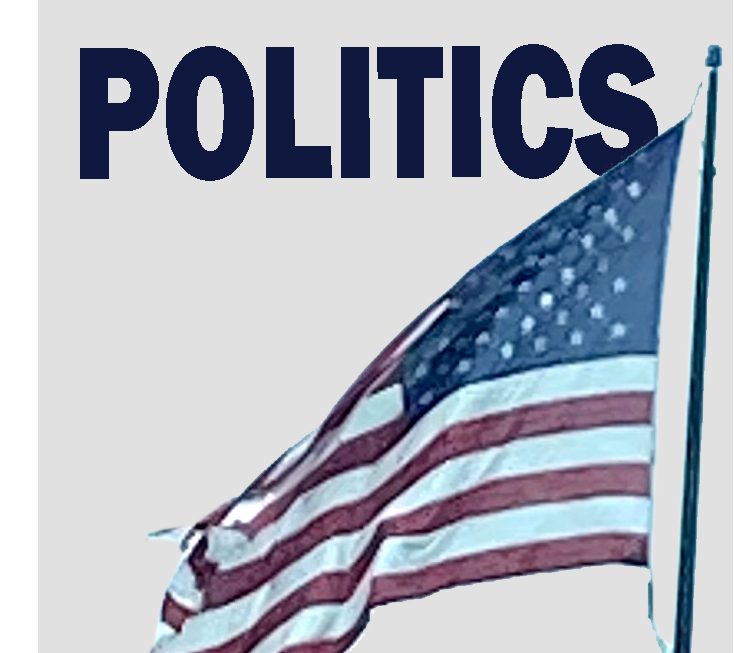Through the first half of 2025, the U.S. Department of Education enacted sweeping changes with the reduction of around 1,950 employees, almost 50 percent of workers at the department.
The downsizing was a direct result of an executive order from President Donald Trump, who directed U.S. Education Secretary, Linda McMahon, to work toward the closure of the department.
The Federal Student Aid (FSA) office in the department, the one that provides undergraduate and graduate students with federal student loans, was one of several divisions facing large cuts. Each year, the FSA office provides support to over nine million students, totaling around $115 billion in grants and loans. The office currently carries a loan debt of around $1.6 trillion.
On March 21, Trump announced he would move the FSA’s loan portfolio to the Small Business Administration (SBA). The SBA’s main purpose is in helping small businesses get funding by partnering with banks and credit unions to help these businesses get loans. Some worry the SBA is not equipped or large enough to oversee the student-loan program. There is also a possible legal battle to be fought as federal student loans fall under the authority of the Department of Education and its Secretary. So far, there haven’t been any proposed legislative changes to transfer these responsibilities to the SBA, and experts speculate it might take an act of congress to do so.
The department also announced that on May 5 collections of defaulted federal student loans would begin again. When someone defaults on a loan, they’ve failed to make the minimum payments on it. Once a monthly payment is missed, FSA loans fall into a state of “delinquency” for 270 days before loans are defaulted. The FSA office has not collected on defaulted loans since March 2020, when the Biden administration paused collections because of the COVID-19 pandemic. Today, more than 5 million U.S borrowers are in default.
To resume collection of these loan debts, the government has restarted the “Treasury Offset Program,” which collects debts by removing federal payments, such as tax returns or social security benefits. They also plan to restart wage garnishment this summer; Making employers withhold part of an employee’s paycheck to pay off the student loans in default.
McMahon and the Trump administration hope that these transitions can help to repair the current skyrocketing prices of higher education by holding people and institutions more accountable for their loans.



